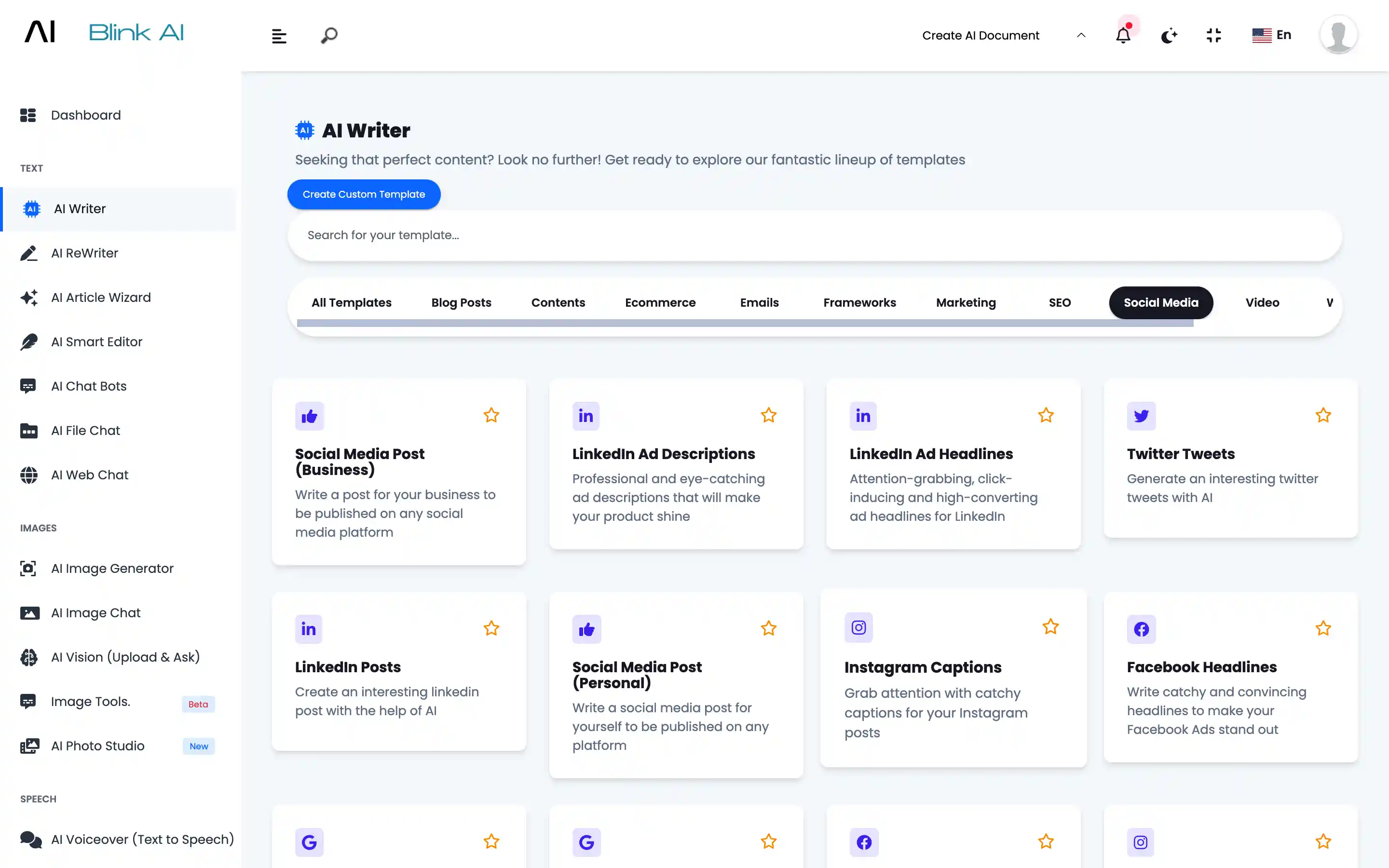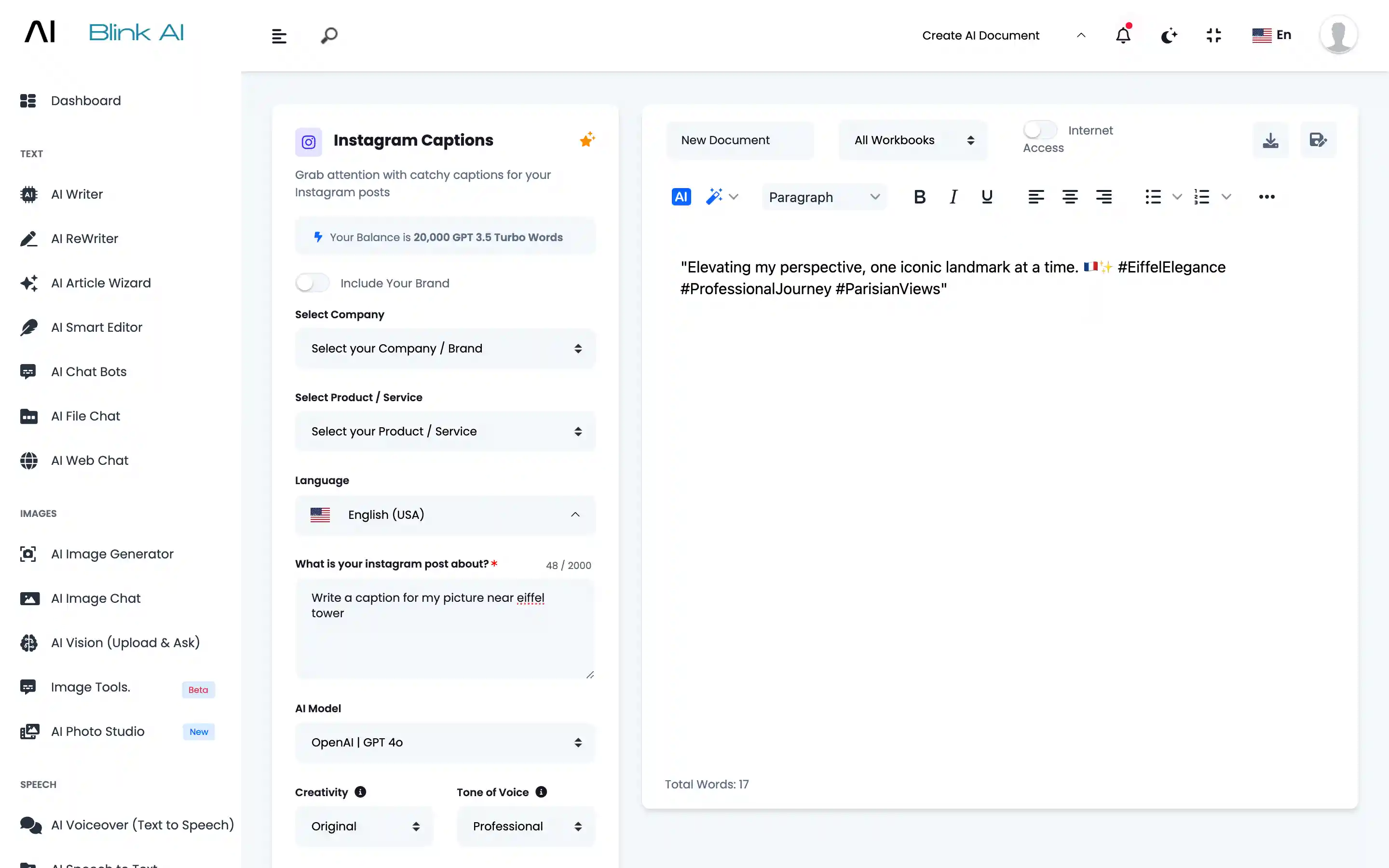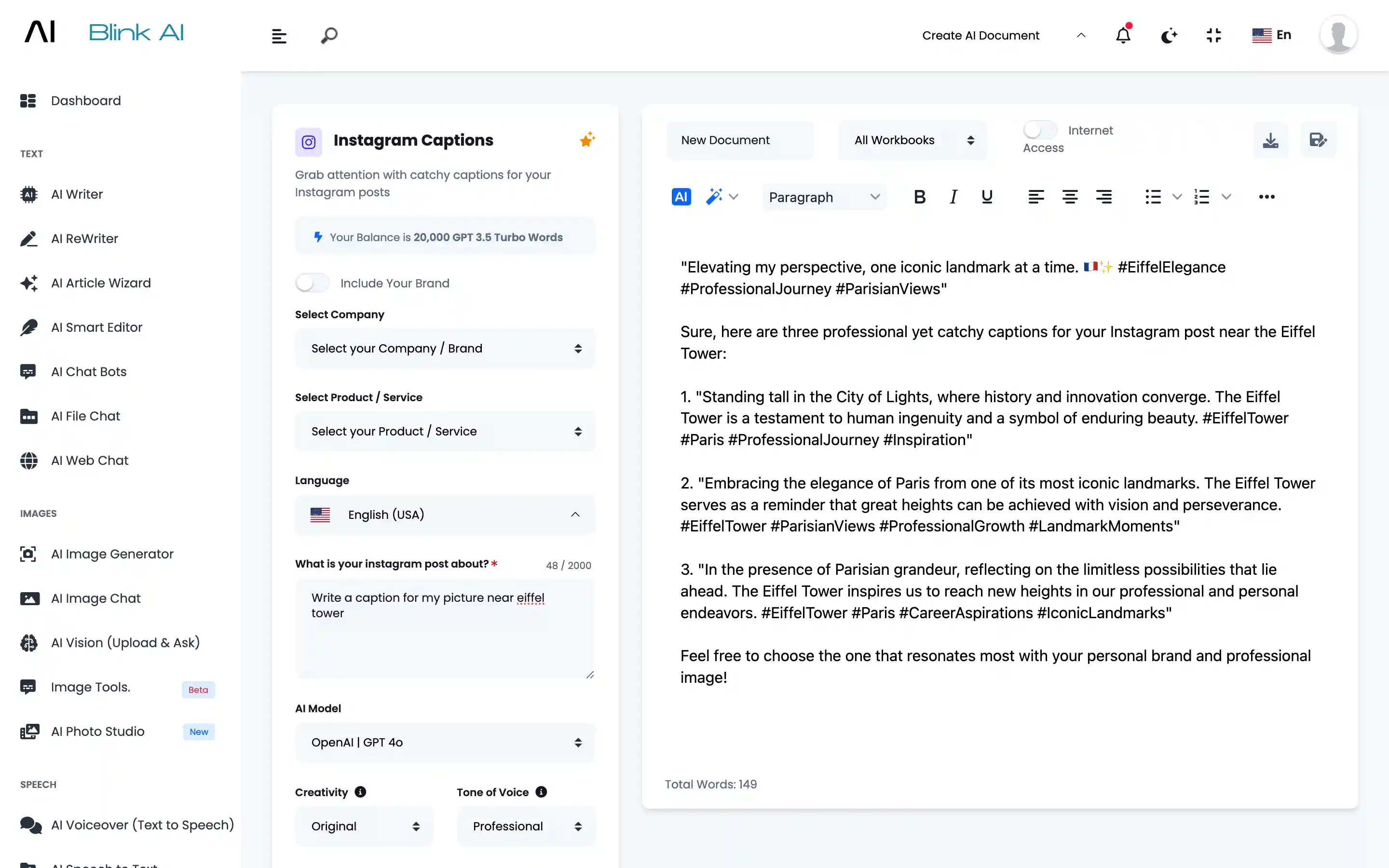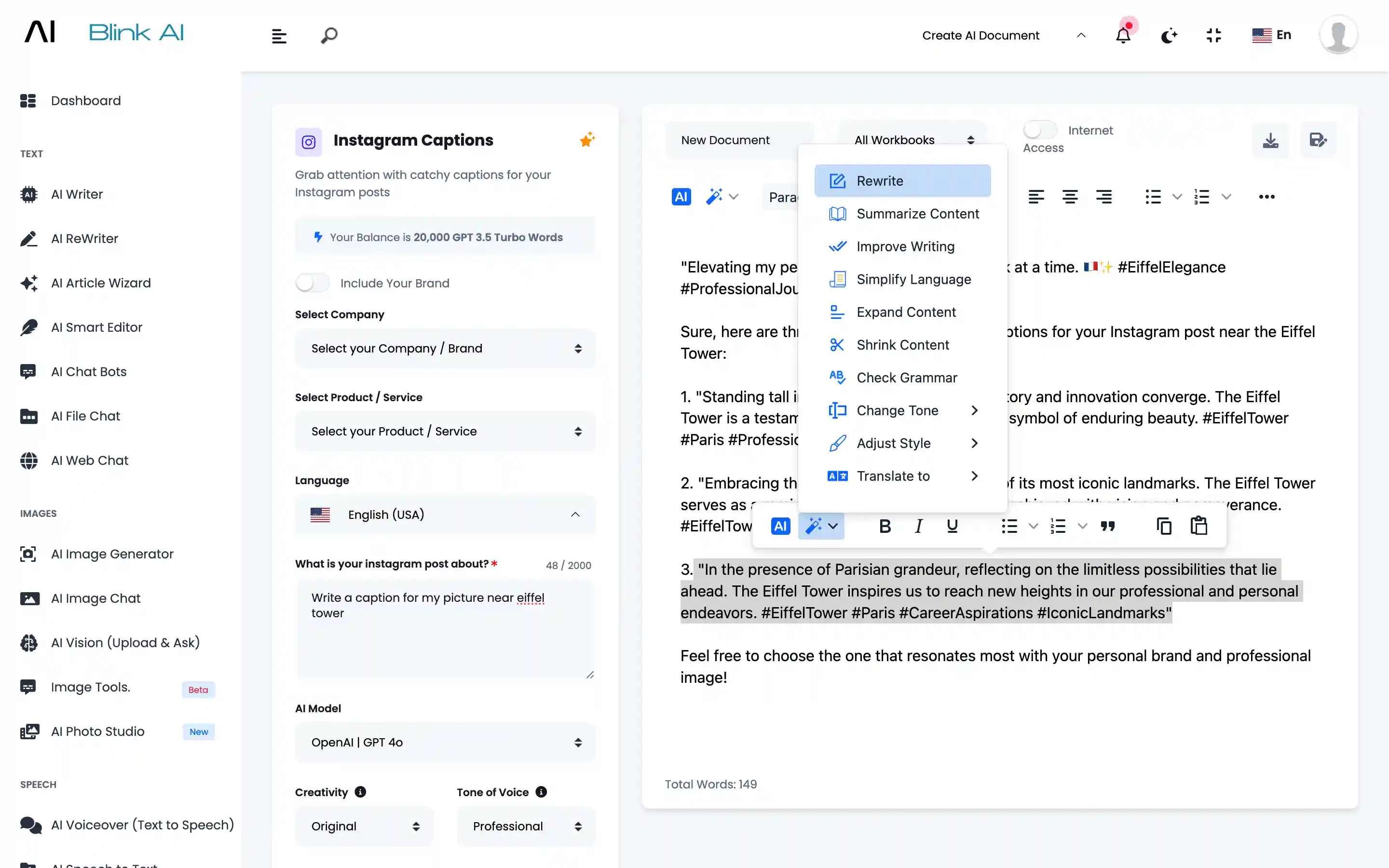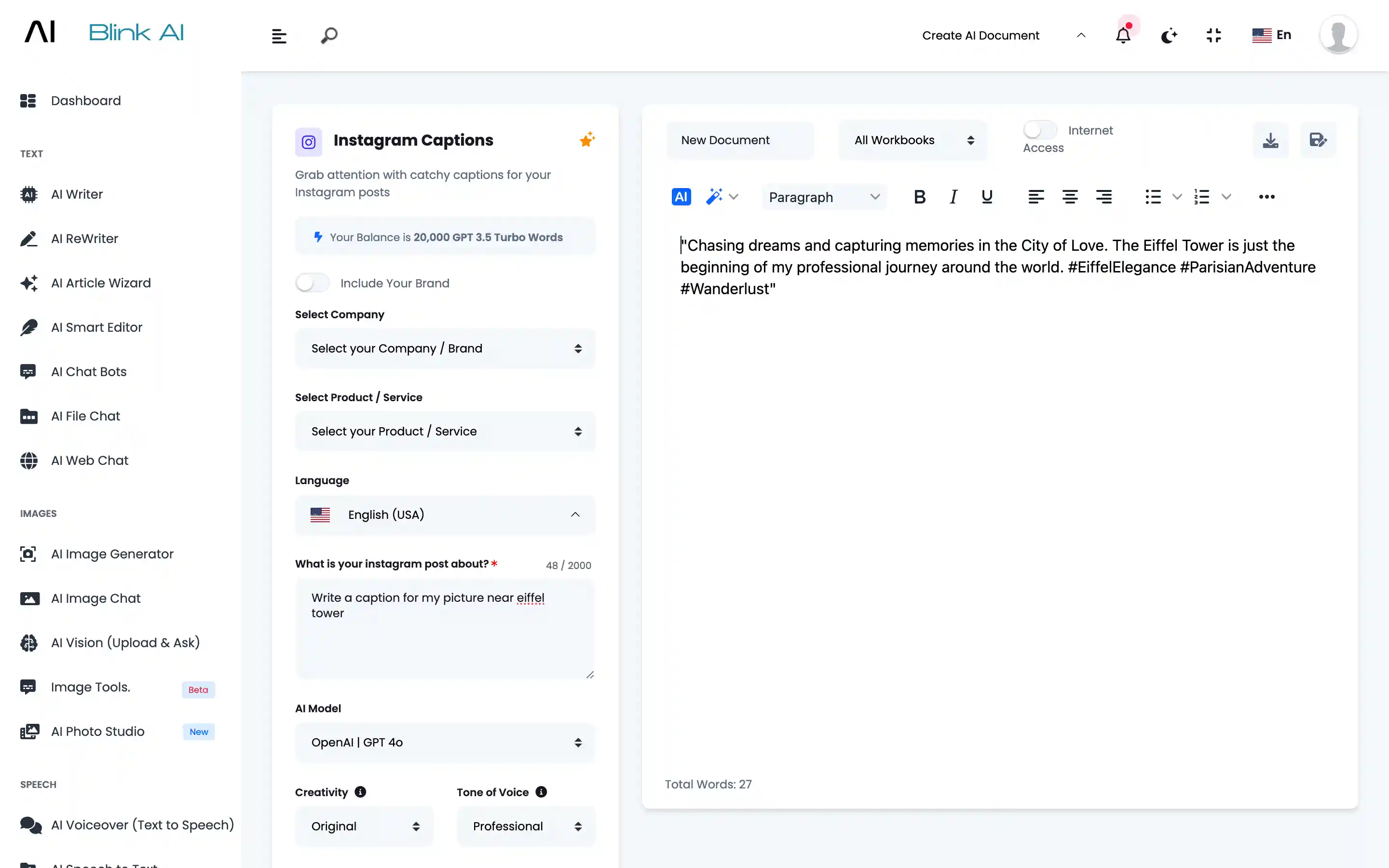Meet, BlinkAI – AI Content Generator: Text, Image, Video, Voice & Code
Before–After–Bridge (BAB) Framework
One platform to generate all AI contents





AI Before–After–Bridge (BAB) Framework
Conversion-oriented formula designed to make a particular offer more appealing
Blink AI's Before–After–Bridge (BAB) Framework
About Before–After–Bridge (BAB) Framework
The Before–After–Bridge (BAB) framework is a powerful storytelling technique used in marketing and sales to engage and persuade audiences effectively. It helps to structure messages in a way that highlights the current situation (Before), presents a compelling vision of the desired outcome (After), and bridges the gap between the two (Bridge) by introducing a solution or call to action. Here’s an in-depth exploration of each component and how the BAB framework can be applied in crafting persuasive narratives. In the realm of marketing and sales, compelling storytelling can significantly influence how your audience perceives your product or service. The Before–After–Bridge (BAB) framework offers a structured approach to narrative creation, guiding you through the process of capturing attention, creating desire, and inspiring action. Understanding the BAB Framework The BAB framework consists of three key components: Before: After: Bridge: Applying the BAB Framework: Step-by-Step 1. Before Identify the Problem: Conduct research to understand your audience’s pain points. Use customer feedback, surveys, and market analysis to pinpoint common challenges. Create Empathy: Use language that resonates with your audience. Highlight the frustrations, inconveniences, or missed opportunities they experience. Example: Before: "Struggling to keep up with overwhelming paperwork and inefficient processes?" 2. After Paint a Picture: Describe the ideal scenario or outcome your audience desires. Focus on the positive changes and benefits they will experience. Create Aspiration: Appeal to their desires and aspirations. Show how their life or business will improve significantly. Example: After: "Imagine a streamlined workflow where paperwork is managed effortlessly, freeing up time to focus on what matters most—growing your business." 3. Bridge Introduce the Solution: Present your product or service as the answer to their problems. Highlight its unique features and benefits that address their pain points. Highlight Benefits: Clearly articulate the value proposition. Explain how your solution resolves their challenges and delivers tangible benefits. Call to Action (CTA): Guide them towards taking action. Use persuasive language and create urgency to encourage immediate engagement. Example: Bridge: "Our innovative document management software automates tedious tasks, improves efficiency, and ensures compliance. Start your free trial today and experience the difference!" Examples of BAB Framework in Marketing Example 1: Before: "Tired of spending hours manually updating spreadsheets?" After: "Imagine effortlessly managing your data with real-time analytics at your fingertips." Bridge: "Our integrated data management platform automates updates and provides actionable insights. Request a demo today!" Example 2: Before: "Struggling to find reliable IT support?" After: "Picture seamless operations with 24/7 tech support at your service." Bridge: "Our expert IT solutions ensure minimal downtime and maximum efficiency. Contact us now for a consultation!" Conclusion The Before–After–Bridge (BAB) framework is a strategic storytelling tool that helps marketers and sales professionals craft compelling narratives. By empathetically addressing current challenges (Before), painting a vivid picture of desired outcomes (After), and bridging the gap with a clear solution (Bridge), businesses can effectively engage their audience and drive them towards action. Incorporate the BAB framework into your marketing strategies to create persuasive messages that resonate with your audience, inspire trust, and ultimately, lead to conversions and customer loyalty.
Mastering the Before–After–Bridge (BAB) Framework: Crafting Compelling Marketing Narratives
Steps for AI Writing
Start Writing Content in 3 Easy Steps
1
Step 1
AI Writer Section
Go to AI Writer section and select a template
2
Step 2
Details
Provide brief details about your requirement
3
Step 3
Generate
Generate, amend and save content
Discover AI Writer
How To Use Blink AI's AI Writer for Content Creation
Go to AI Writer Section
Choose from 70+ AI Writing Templates or Create your Own Template
Describe
You can provide details like what is the exact requirement. How many outputs you want. Which AI model you want to use.
Generate
Content will be generated based on your input.
Amend
Select the content you want to amend. Click on the Magic Wand to amend Generated Content.
Fresh Output
Fresh output will be generated. You can save it in Workbooks.
